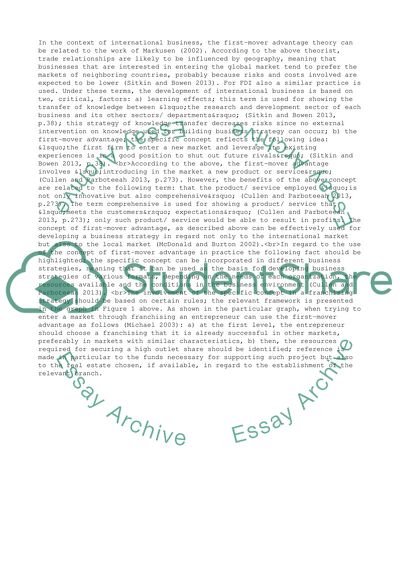Cite this document
(“International Business Strategy IBS Essay Example | Topics and Well Written Essays - 2500 words”, n.d.)
Retrieved from https://studentshare.org/business/1497197-international-business-strategy-ibs
Retrieved from https://studentshare.org/business/1497197-international-business-strategy-ibs
(International Business Strategy IBS Essay Example | Topics and Well Written Essays - 2500 Words)
https://studentshare.org/business/1497197-international-business-strategy-ibs.
https://studentshare.org/business/1497197-international-business-strategy-ibs.
“International Business Strategy IBS Essay Example | Topics and Well Written Essays - 2500 Words”, n.d. https://studentshare.org/business/1497197-international-business-strategy-ibs.


